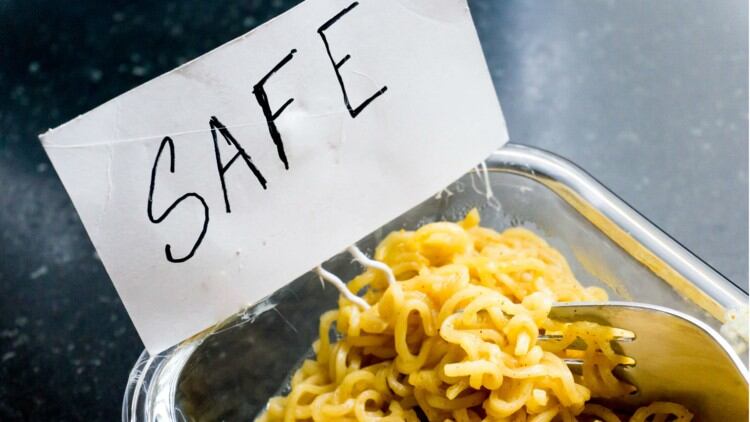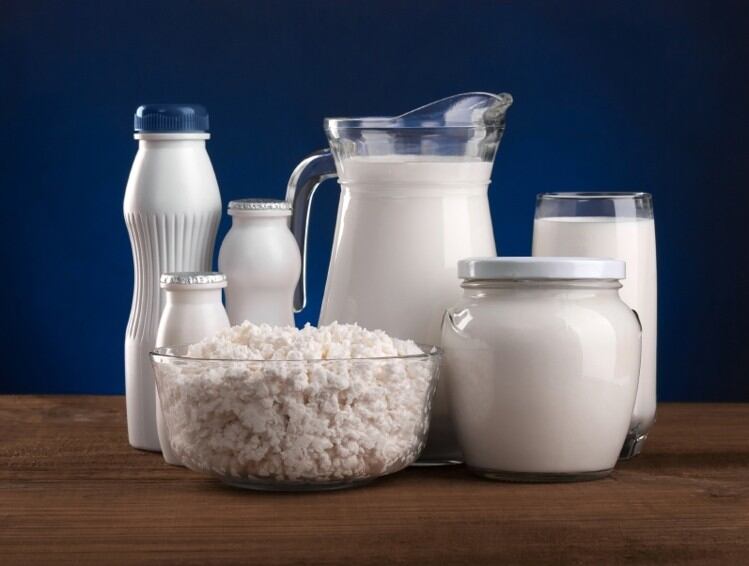At last week’s Fi Asia event in Jakarta, we listened to views from trade association GAPMMI, food and drug regulator BPOM and food science organization SEAFAST
While all stressed the opportunities that were being delivered by demographic changes, trade laws or innovation, all three said these were coupled with challenges that needed to be overcome.
Chairman of Indonesian Food and Beverage Association (GAPMMI), Adhi Siswaya Lukman, said the nation has a raidly growing food and beverage sector.
Indeed, data from the Ministry of Industry suggests there will be investment of IDR53tn in the food sector and IDR10tn in the beverage segment this year (totaling over USD8m) – up 6.7% year-on-year.
“These targets are realistic and shows the markets attractive for both local and foreign companies,” he added.
The investment expectations are backed up by overall market growth, which hit 9.2% last year, far outstripping the total GDP rise of 5.1%, with a further CAGR of 10.6% forecast to 2020.
“There are reasons to be confident,” he added. “There are rising incomes and a growing tourism industry, while in urban areas, in particular, there is growing demand for processed and packaged foods as consumers eye greater convenience.”
The main, challenge, however, is fueling the level of innovation required to meet these trends.
“We have innovate to achieve sustainable growth,” he said. “The choice is simple; we either innovate or become irrelevant.”
“And innovation is not just using some new ingredient or having new packaging. It is far more than that. Many consumers now have a lack of time to prepare meals, but still expect to eat more healthy meals. This is why we need to harness food science to deliver truly innovative products.”
This was a theme expanded on by the director of the South East Asian Food and Agricultural Science Centre (SEAFAST), Prof Nuri Andarwulan.
She said it was imperative that every stakeholder across the supply chain came together to improve not only food security, but also access to healthy and nutritious products.
“Consumers are increasingly interested in how food is produced and we need to meet their expectations across quality, safety and nutrition,” she said.
“This is the responsibility of every stakeholder in the complex supply chain from food to fork.’
Free trade barriers
She said this would only be achieved via collaboration, as well as innovation.
“We need to go beyond seeing ingredients as adding value to manufacturers, but also to adding value for consumers.
We have to answer the question, how can we all be more collaborative to provide consumers with quality, safe and nutritious food?”
And it is the issue of safety that is delivering the biggest challenge for regulators at BPOM.
According to Tetty Helfery Sihombing, globalization and free trade meant that manufacturers form more countries were seeking to import to Indonesia.
“Indonesia faces a number of challenges in this respect,” she said.
“Globalization and free trade, along with the growth of food technology, means we need an international control system to ensure safety for consumers.”
She said BPOM had received a fresh mandate from President Joko Widodo in 2017 to co-ordinate this across all relevant agencies.
In order to meet this challenge, she said the regulator was working on a draft food and drug bill with parliament, had undertaken an organizational restructure and had strengthened its operations by opening a number of district offices.
“So far this year we have opened 40,” she said, “and this number will increase.”
“Creating a food control system is complex, and strong co-ordination is needed,” she added.





